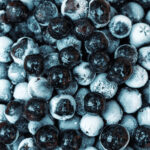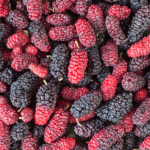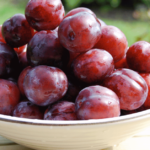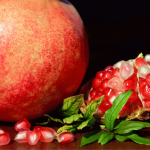Plant Profile: Hardy Kiwi – A Versatile Vine for Your Garden
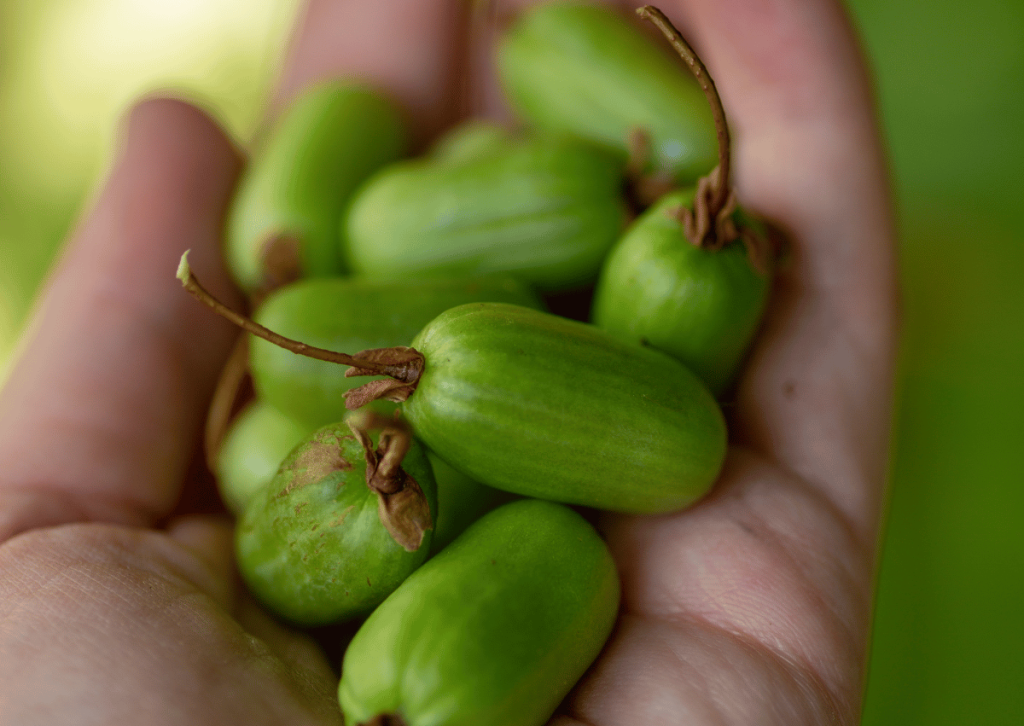
The Hardy Kiwi, also known as the Kiwi Berry, Baby Kiwi, Dessert Kiwi and more, is a fruit-bearing vine scientifically known as Actinidia arguta. It’s a species in the Actinidia genus, which also includes the more commonly known Kiwifruit.
Arctic Kiwi is another name for the Hardy Kiwi. This name is often used because the plant is known for its ability to withstand colder climates, much like the Arctic region. It’s worth noting that “Arctic Kiwi” is sometimes specifically used to refer to the male plant of the species, which is known for its variegated leaves.
Classification of the Hardy Kiwi (Actinidia arguta)
- Kingdom: Plantae
- Order: Ericales
- Family: Actinidiaceae
- Genus: Actinidia
- Species: A. arguta
Origin and Distribution
The Hardy Kiwi is native to Japan, Korea, Northern China, and Russian Siberia. Today, it’s cultivated in various parts of the world, including the United States, New Zealand, Europe, and Chile.
USDA Hardiness Zones for the Hardy Kiwi
USDA zones 4-8.
Growth Habits of the Hardy Kiwi
It is a fast-growing vine that can reach up to 9 meters (30 feet) in length. It prefers full sun to partial shade and well-drained soil. The plant is dioecious, meaning it has separate male and female plants, with the female plants producing the fruit.
Self-Pollinating Varieties of Hardy Kiwi
While most Hardy Kiwi plants are dioecious, requiring separate male and female plants for fruit production, there is a self-pollinating unique variant. Known as Actinidia arguta ‘Issai’, this variety can produce fruit without the need for a separate male plant to provide pollen. This makes ‘Issai‘ a popular choice for gardeners with limited space but still wish to enjoy the benefits of growing Hardy Kiwi. However, it’s worth noting that even though ‘Issai’ is self-pollinating, having a male plant nearby can potentially increase fruit yield. I have this variant and have written about it here. (as of end of May 2023 no flowers or fruit yet)
Role in a Food Forest
Within the layered structure of a food forest, this particular plant is commonly found in the vine layer. Its climbing nature and vigorous growth make it an ideal candidate for this vertical space, where it can thrive without competing for ground area, while also providing a lush green cover and producing nutritious fruits.
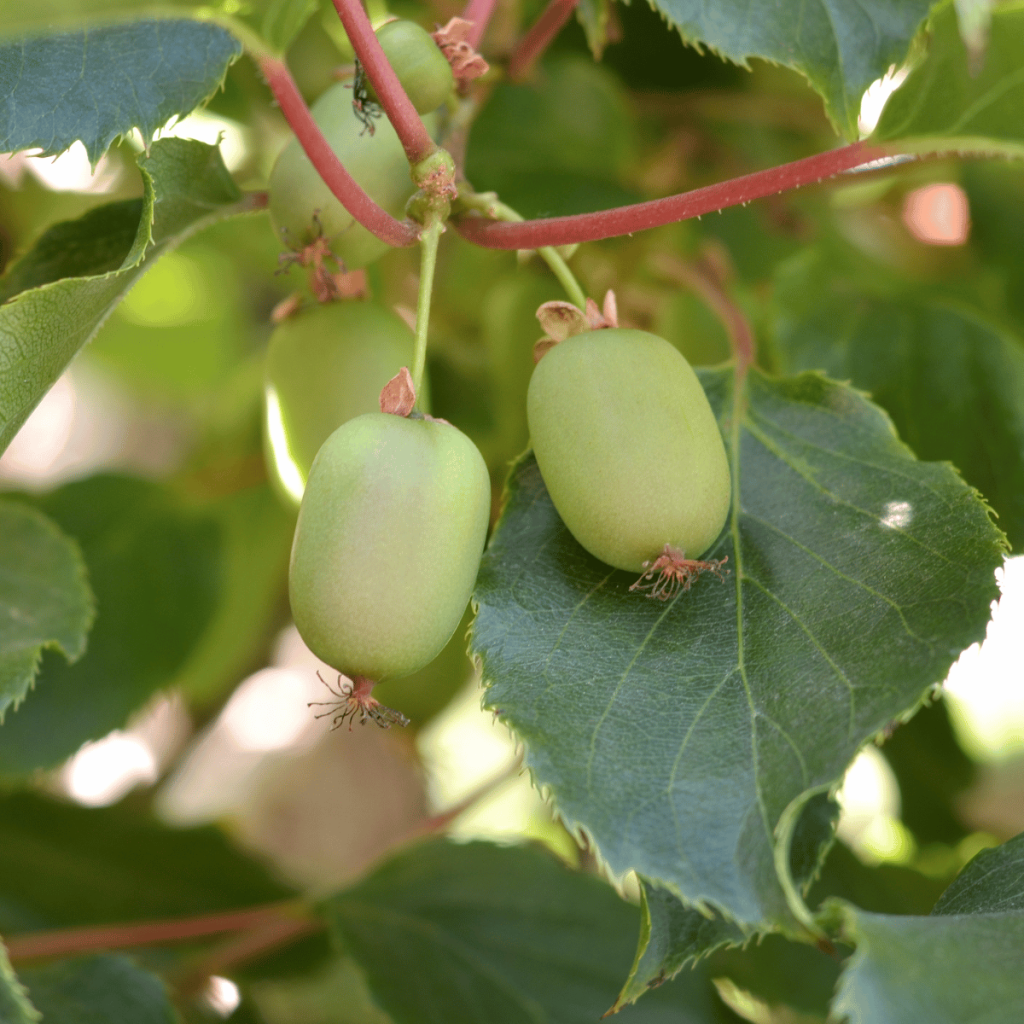
Benefits for Hugelkultur or Permaculture Systems
Hardy Kiwi plants are excellent for permaculture systems as they are perennial, require little maintenance once established, and provide a high yield of nutrient-rich fruit. Their extensive root systems can help stabilize soil and prevent erosion.
Culinary and Medicinal Uses
The fruit of the Hardy Kiwi is edible and can be eaten raw or used in cooking. It’s rich in Vitamin C and antioxidants. There’s no widely recognized medicinal use of the plant.
“It’s one of the richest sources of vitamin C and is considered the richest dietary source of myo-inositol. The fruit also contains significant amounts of the essential minerals of potassium, calcium, and zinc”
https://link.springer.com/article/10.1007/s11130-017-0637-y
Cultural Significance
Although this specific plant doesn’t hold particular cultural importance, it’s relative, the Kiwifruit, is recognized as a symbol of New Zealand.
Propagation and Care
Hardy Kiwi can be propagated from seeds, cuttings, or grafting. It requires regular watering, especially in dry periods, and pruning to manage its vigorous growth.
Pests and Diseases
This particular plant exhibits a strong resistance to the majority of pests and diseases. However, inadequate soil drainage can make it prone to root rot.
Harvesting and Storage
The fruit is typically harvested in the fall when it’s slightly soft to the touch. It can be stored in a cool, dry place for several weeks.
Fun Facts
Despite its name, the Hardy Kiwi is not a type of Kiwifruit. It’s a separate species within the same genus. The fruit is much smaller than a Kiwifruit and doesn’t have the fuzzy skin.
References and Further Reading
I recommend checking out the following sources for more information:
USDA PLANTS Database
Oregon State University Extension Service

